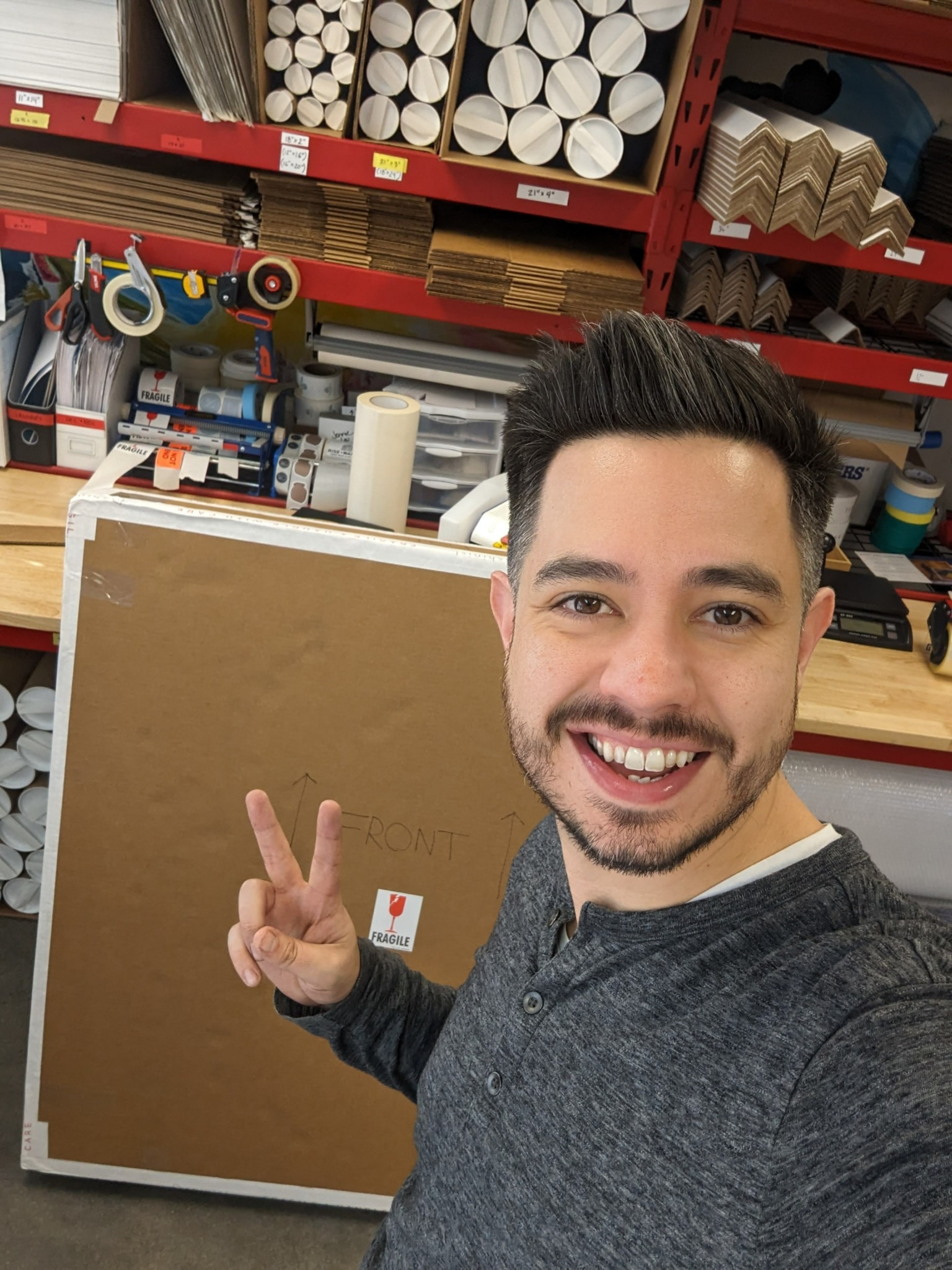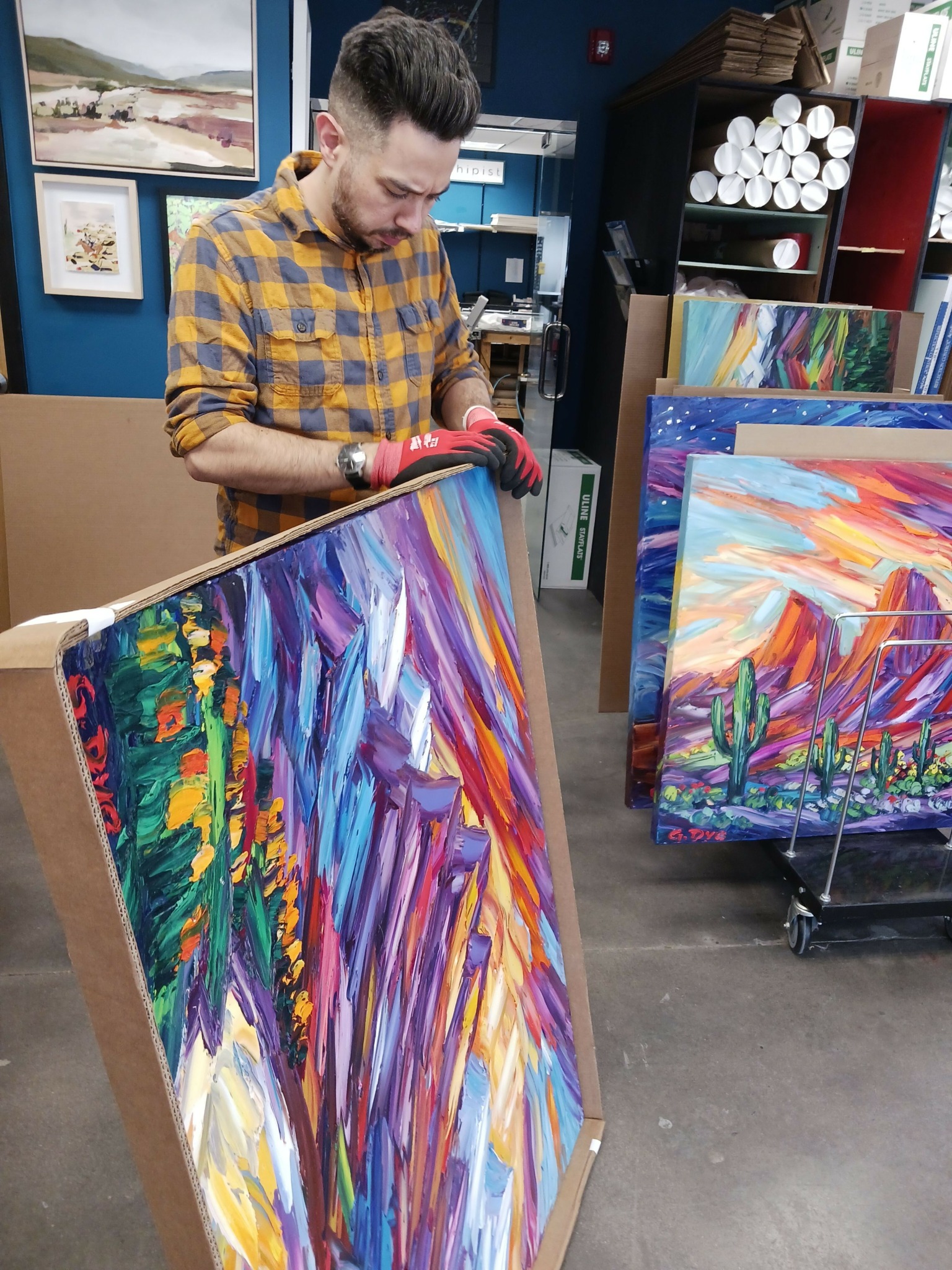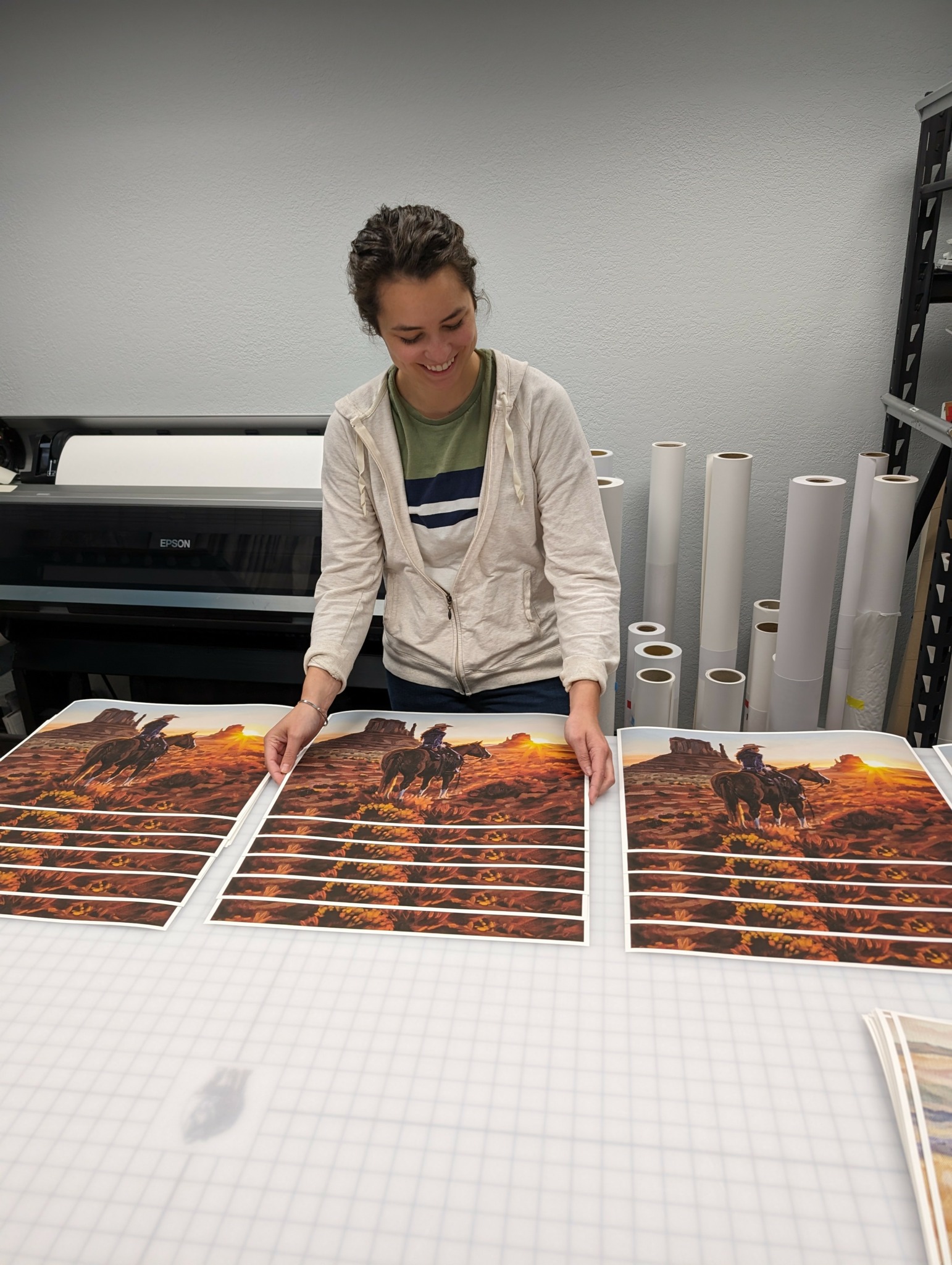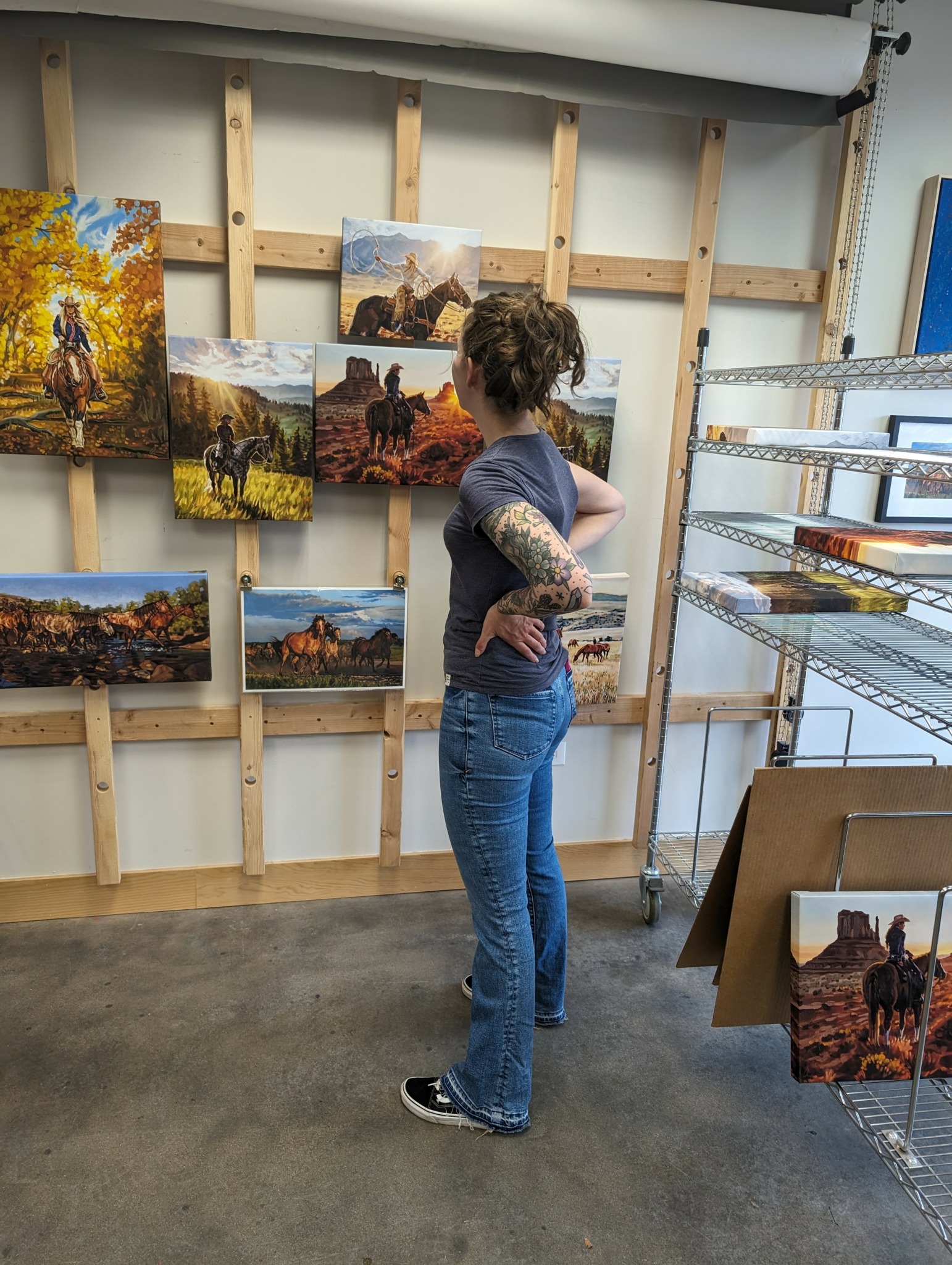We recently connected with Jacob Wallace and have shared our conversation below.
Jacob, thanks for joining us, excited to have you contributing your stories and insights. Alright, so you had your idea and then what happened? Can you walk us through the story of how you went from just an idea to executing on the idea
I had an off the wall idea for a specialty fulfillment business. I was interested in niche B2B companies like the ecommerce business I worked at (abc Window Cleaning Supply). I thought that maybe a self service distribution center concept could make regional fulfillment centers cost effective and reduce transit times for those companies. Ultimately, I didn’t think the idea was workable in that form, but I still loved the idea of a self service fulfillment concept.
The idea sat on the shelf for a while but in 2020 business was slow and I had some time on my hands. I decided to give a scaled down version of the idea a try. Along with my mom, Linda, I founded Shipist. I set up a few shipping counters with professional packaging equipment and computers with access to discounted shipping rates. People could come in, ship their stuff themselves, and be billed for packaging used and a monthly membership fee. I thought I’d end up working with lots of Etsy sellers and Ebay thrifters. I did have a few, but the main people that started showing up were artists. It turned out that there was a real pain point for artists trying to figure out how to ship their large paintings.
A surprise to me what that self service didn’t become as popular as I expected. I spent a lot of time side by side with the artists showing them how to use all of the tools (I might as well have just packed it for them and saved some time!). Most of the artists were happy to have found an option to ship, but more than one asked if they could just pay me to pack it for them. I stubbornly held out on offering this for a while but finally realized that I was already spending time with them anyway so I might as well. As soon as I offered it, that’s what almost everyone did.
I am glad I spent so much time packing side by side with artist though, because I got to ask them tons of questions and learned all about what they need. One big revelation for me was that they were looking for a printing resource. I’d actually had some experience with commercial printing, so I thought that would be an easy add on. Why not photograph paintings, ship them, then offer the prints?
Now I know that it wasn’t nearly as easy as I thought it would be. But it did turn out to be an amazing opportunity! I quickly realized that I couldn’t do the color editing as well as I’d need to for a print business, so I’d need some help. This led to our first hire and our official focus on artists as a business.
I started working regularly with artists to drop ship their prints for them. As I talked with them, a few other requests came up regularly – frames and stretched canvas. A few new pieces of equipment and a few hires later, I was running a full fledged fine art print shop with an amazing team.
I tried to expand the shipping side of the business, but it was lower margin and much higher effort than the print side. At one point, I was even operating my own van service with pickup and delivery. We mostly operated locally, but we had a few cross country trips with some fancy sculptures and paintings. This side of the business was ultimately an energy drain, so I ended up selling the van and limiting the types of shipping we did so that we could focus our energy on the print side. That has turned out to be one of the best decisions I ever made, though it felt very painful at the time.
Last year we rebranded from Shipist to Assist Art Services to better reflect our focus and the list of services that we offer: Art Photography, Printing, Framing, and Shipping.
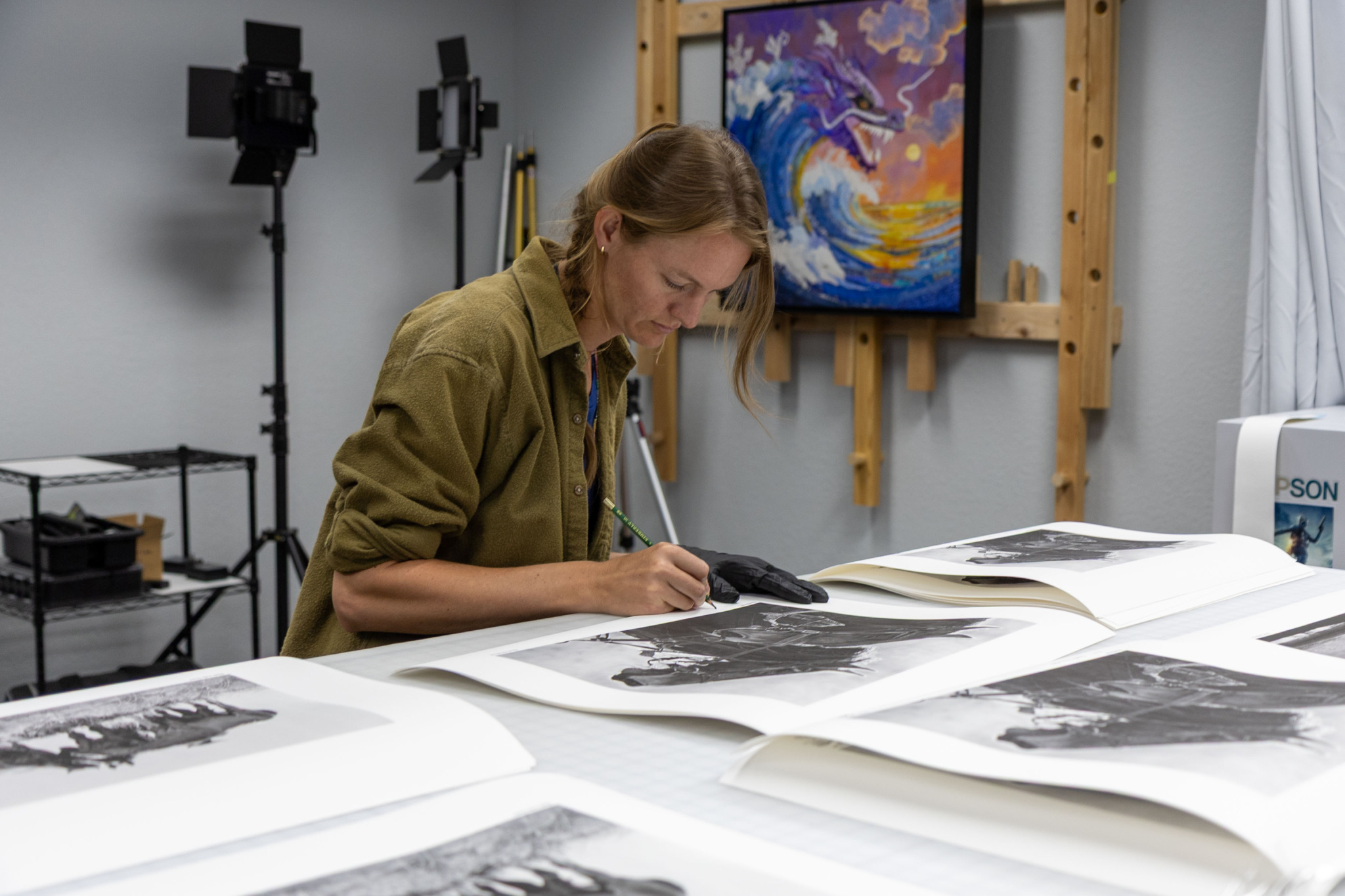
Jacob, love having you share your insights with us. Before we ask you more questions, maybe you can take a moment to introduce yourself to our readers who might have missed our earlier conversations?
I worked in a family business for over 15 years operating the ecommerce site. I’ve also done consulting with other companies on their ecommerce, software, and shipping logistics. For artists, I can quickly get connected to their websites and help them start selling prints! I give tons of free advice on how to improve sites, how to choose a website builder, and what print offerings makes the most sense. I can solve most problems that come up without even having to reach out to the artist so they can focus on making art. I want artists to think of Assist as a trusted partner that handles their print logistics and makes them look good.
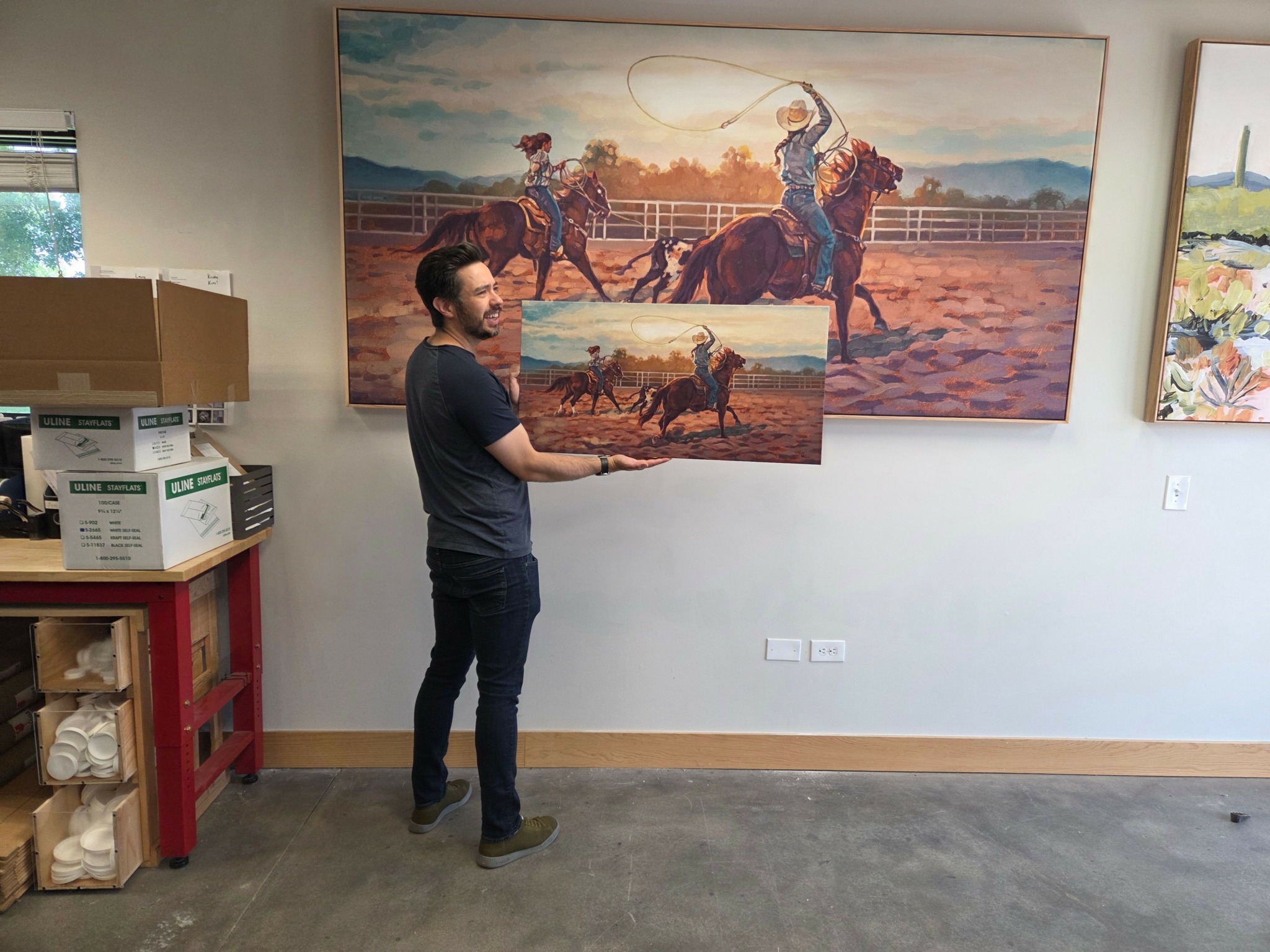
Are there any books, videos or other content that you feel have meaningfully impacted your thinking?
I was inspired by the discussion in Delivering Happiness about how Zappos has a community library of books that any employee can check out. I created an Assist library of the most important books that helped define what Assist is and wants to be. Those books are:
The Lean Startup by Eric Ries. Assist is all about trying things, getting feedback from the market, iterating, and repeating.
Delivering Happiness by Tony Hsieh. Focus on building an incredible company culture and wow customers. This first hand account of Zappos is a bit wacky and very approachable.
Unreasonable Hospitality by Will Guidara. Full of stories from the food industry that are fun to read and completely apply to Assist. Learn how to treat customers well, wow them, have fun, and put out top quality product. In this 4 star restaurant that charges $1,000/meal, the most memorable experiences often cost next to nothing and just take a bit of intentionality.
Drive by Daniel H. Pink. I believe that people are motivated by more than just money (though money is nice!). We pursue mastery, try to maximize autonomy, and are driven by purpose.
Leadership and the One Minute Manager by Ken Blanchard. This book only takes about an hour to read. Required reading for any manager, and helpful to anyone. Learn how to assess where people are at a skill level and the appropriate management style to use to help them.
The Obstacle is the Way by Ryan Holiday. Anytime we face challenges, we can not only endure them, but find ways to turn them to our advantage.
Start With Why by Simon Sinek. Inspiring and practical, it helped us get our ducks in a row. Start with why, then what, then how (even though we often go the reverse way). That helps us make sure the work we are doing is meaningful and important.
All Marketers Are Liars by Seth Godin. Everything by Seth Godin is worth reading, but this one is a good place to start. Everyone tells stories. Let’s make the story we tell a good one (and let’s make it a true story too).
The Innovator’s Dilemma by Clayton M. Christensen. A business can be doing everything right, listening to customers, optimizing existing products, etc… and then all of a sudden a new development changes everything, too late to react.
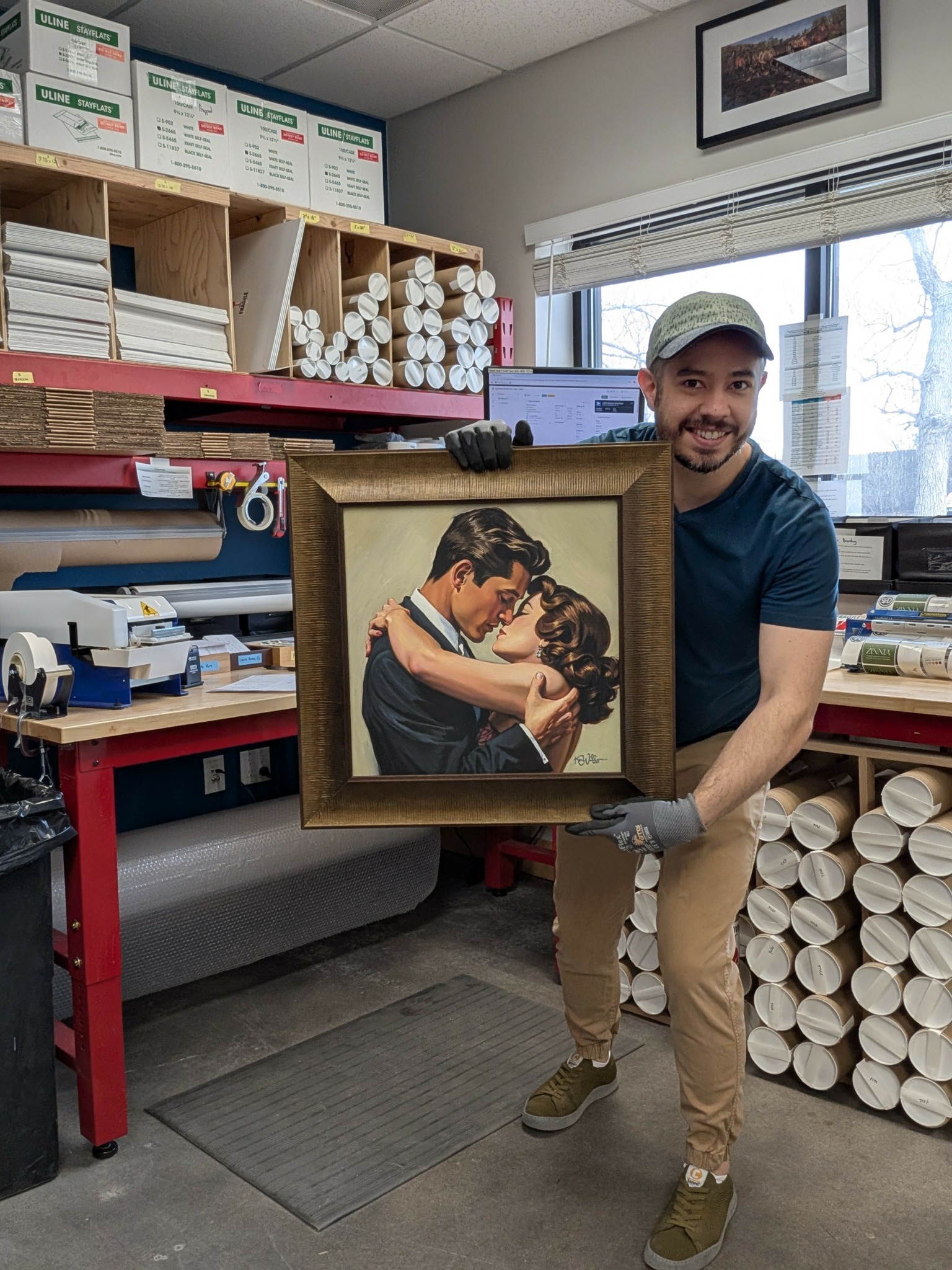
Have you ever had to pivot?
At Assist, we’ve pivoted many times. One time that comes to mind is when we opened a second location in California. I had grand ideas about our van service running between our locations and about being able to service print clients in person. I thought that once we got California working well, we’d open up more locations all over the country and be able to ship art from any big city. I really wanted all of this to work and put in lots of money and energy. Ultimately, it just wasn’t working and was sapping needed resources form our Colorado business. I was also finding that having local people available for artists wasn’t really that important to them for ordering prints. I had to make the hard (and costly) decision to close it down. Making this pivot was part of the overall company pivot away from shipping and towards printing as our main focus. It ended up working out well, but it was hard to give up on the idea.
Contact Info:
- Website: https://www.assistartservices.com
- Instagram: https://www.instagram.com/assistartservices/
- Linkedin: https://www.linkedin.com/in/jacobwallaceabc/
